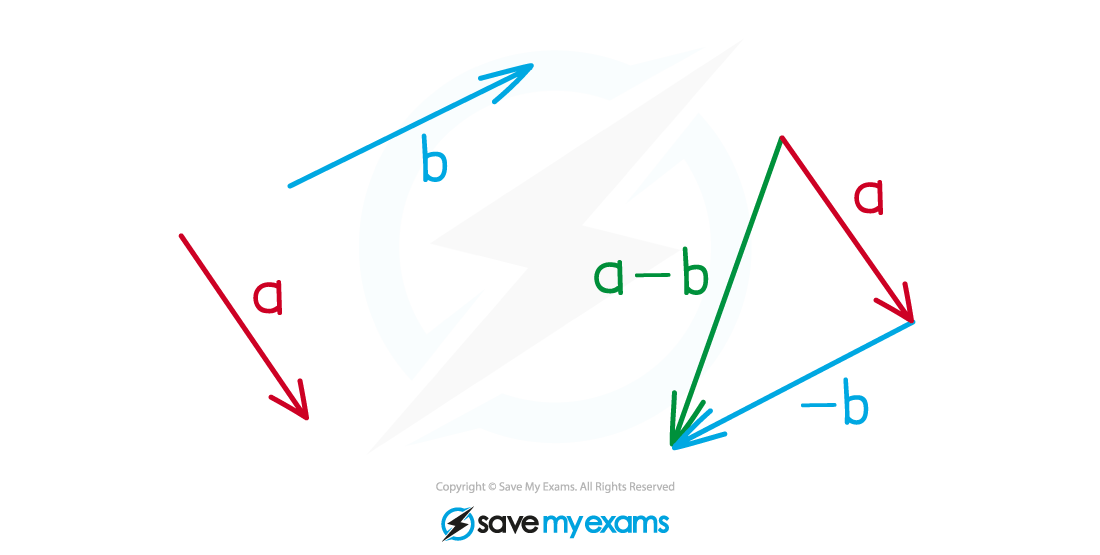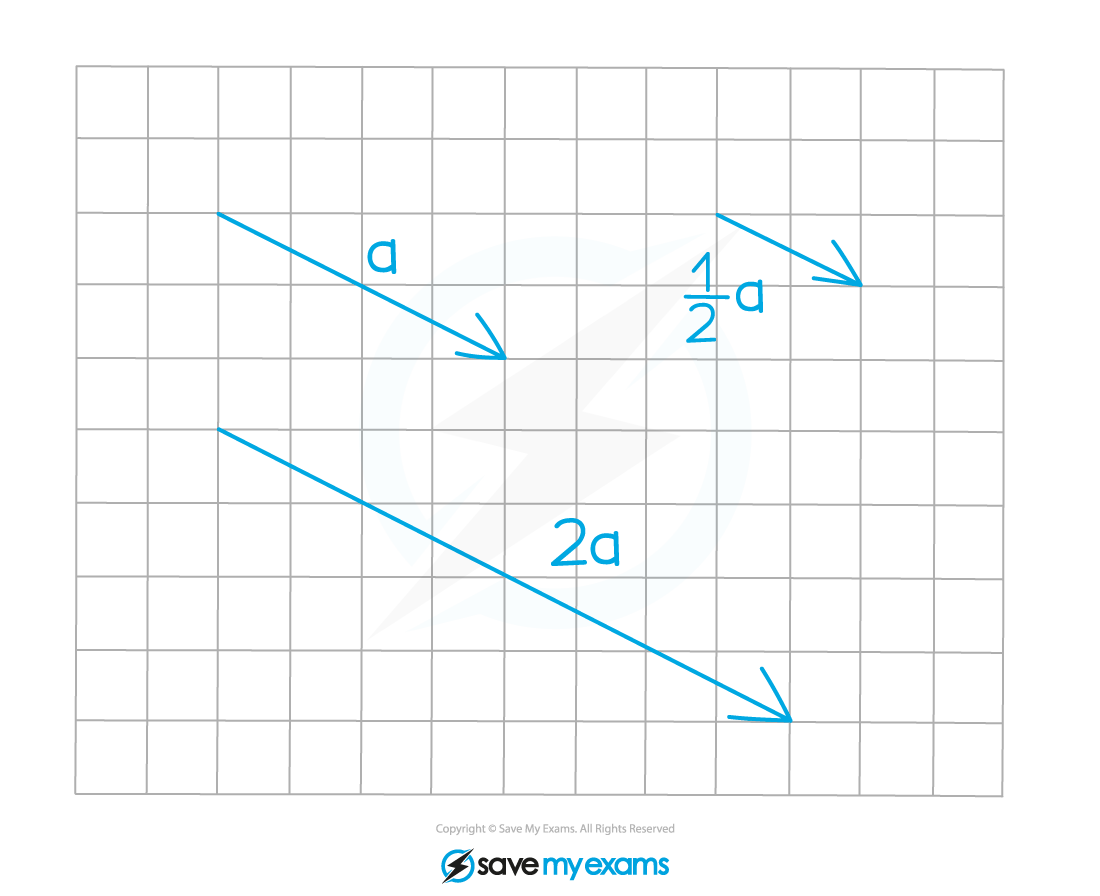Vector Notation
What is a vector?
- Vectors represent a movement of a certain distance (magnitude) in a given direction
- In one dimension, the sign of a number represents its direction
- For example, two objects with velocities 7 m/s and ‑7 m/s are travelling:
- at the same speed (magnitude)
- but in opposite directions
- For example, two objects with velocities 7 m/s and ‑7 m/s are travelling:
- In two dimensions, vectors consist of x- and y-components
- This shows movement parallel to the x and y-axes
- Components can be positive or negative
What is a scalar?
- A scalar is an ordinary number that does not represent movement
- A scalar is not a vector
- Scalars can still be negative
- For example
- temperature is a scalar (it's -2°C today)
- but change in temperature is a vector (it's +3°C from yesterday)
- For example
How do I write vectors?
- If you know the two components of a vector, you can write it as
- either a column vector
is 3 right and 2 up
- or in i and j notation
- either a column vector
- If you do not know the components, use a lower-case letter to represent the entire vector
- Exams use bold letters
- a, b, ...
- You should write underlined letters
- a, b, ...
- Exams use bold letters
- If points (A , B , ...) are given,
means the vector from A to B
- The order matters

Exam Tip
- Diagrams can help. If there isn’t one, try sketching one!






